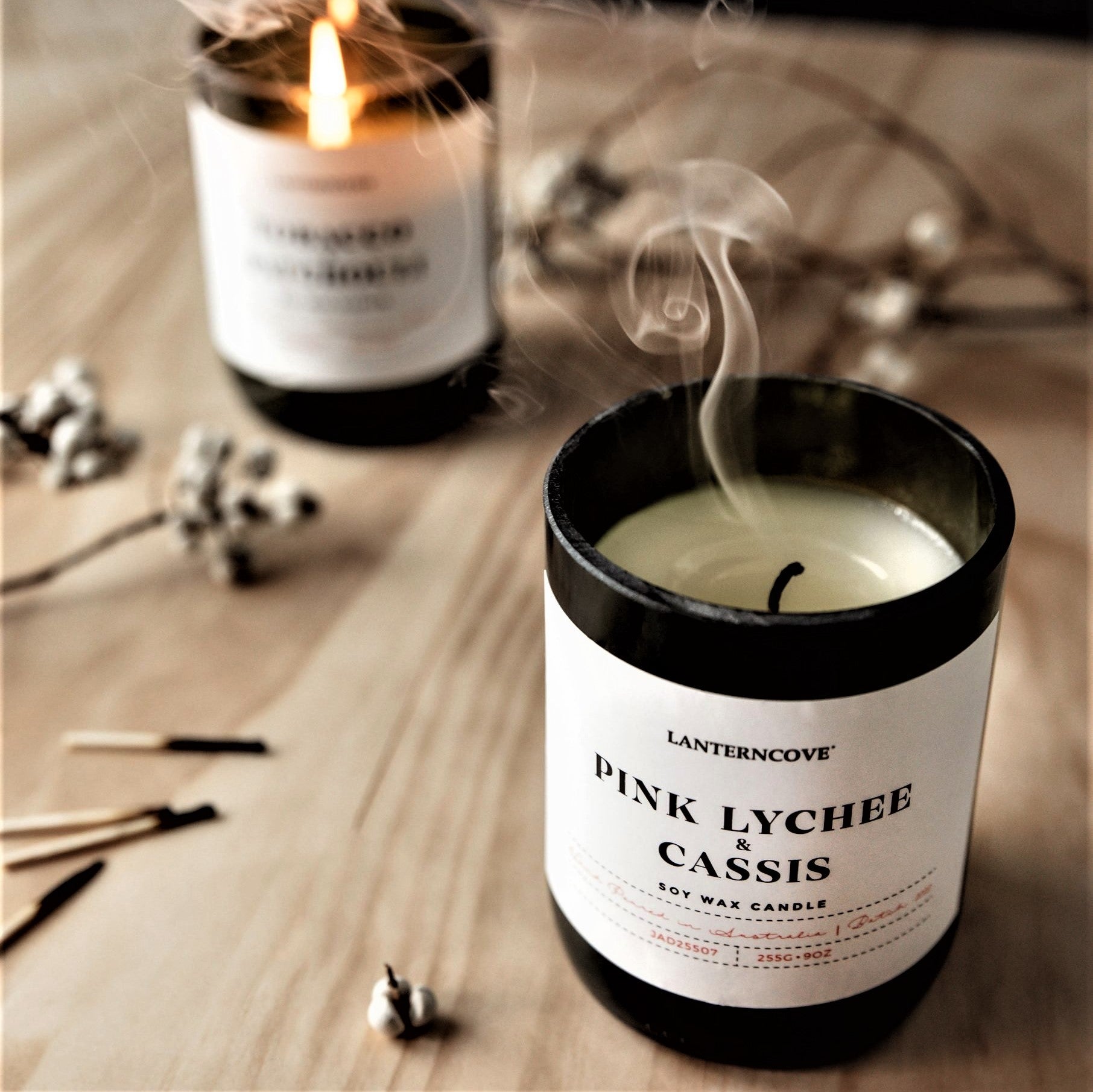Shop Sustainable Soy Wax Candles and Home Fragrance Collections
Shop Sustainable Soy Wax Candles and Home Fragrance Collections
Blog Article
From Wick to Wax: Recognizing the Chemistry Behind Soy Wax Candles and Their Environmental Impact
As we illuminate our areas with the warm radiance of candles, there exists a realm of detailed chemistry behind the apparently easy act of lighting a soy wax candle light. Join us as we decipher the scientific ins and outs behind soy wax candle lights and explore their effects on our setting.
Soy Wax Vs. Paraffin Wax
When comparing soy wax and paraffin wax for candle light production, it is necessary to comprehend the distinct features and benefits of each product. Soy wax is a natural, sustainable source stemmed from soybean oil, making it biodegradable and environment-friendly - crystal soy candles. In comparison, paraffin wax is a by-product of oil refining, which raises worries about its environmental impact and sustainability
Soy wax candles shed cleaner and produce less soot contrasted to paraffin wax candles, making them a much healthier option for interior air top quality. Furthermore, soy wax has a reduced melting factor, allowing for a longer-lasting candle that spreads fragrance extra efficiently. Paraffin wax, on the various other hand, has a tendency to shed faster and less cleanly, potentially releasing hazardous chemicals right into the air.
From a sustainability viewpoint, soy wax is preferred for its biodegradability and eco-friendly sourcing, lining up with the growing consumer choice for environmentally aware products. While paraffin wax has been a traditional option in candle light making due to its cost and simplicity of usage, the shift in the direction of eco-friendly options like soy wax is gaining momentum in the market.
Chemical Make-up of Soy Wax

Combustion Process in Soy Candles
The chemical composition of soy wax directly affects the burning procedure in soy candle lights, affecting factors such as melt time, aroma launch, and environmental impact. When a soy candle light is lit, the warm from the fire thaws the wax near the wick. This liquid wax is after that prepared the wick due to capillary activity. As the liquid wax reaches the fire, it evaporates and goes through burning. The combustion procedure entails the vaporized hydrocarbons in the wax responding with oxygen in the air to generate heat, light, water vapor, and carbon dioxide.
The burning efficiency of soy candle lights is affected by the purity of the soy wax and the top quality of the wick. A clean-burning soy candle light with an appropriately sized wick will straight from the source certainly generate a consistent flame and reduce soot development. This not only prolongs the burn time of the candle light but likewise boosts the release of scents. In addition, soy wax candle lights have a lower environmental impact contrasted to paraffin candle lights because of their eco-friendly and eco-friendly nature.

Environmental Benefits of Soy Wax

Considered a sustainable option to standard paraffin wax, soy wax supplies remarkable ecological advantages that make it a preferred choice among eco-conscious customers. One significant benefit of soy wax is its eco-friendly sourcing. Soy wax is originated from soybean oil, which is mainly grown in the USA. The growing of soybeans assists support neighborhood farmers and lowers the dependence on non-renewable fossil gas utilized in paraffin wax manufacturing. Additionally, soy wax is biodegradable, meaning it damages down naturally without releasing dangerous toxic substances into the environment. This particular makes soy wax candles a much more environmentally pleasant choice contrasted to paraffin wax candles, which are made from oil, a non-renewable source. Furthermore, soy wax burns cleaner and produces much less residue than blog here paraffin wax, contributing to better interior air top quality and lowering the requirement for cleaning and upkeep. Overall, the ecological benefits of soy wax line up with the expanding demand for environment-friendly and sustainable items in the market.
Recycling and Disposal Considerations
Recycling and correct click to read more disposal of soy wax candles play a crucial function in preserving ecological sustainability and lowering waste in communities and households. When it comes to recycling soy wax candles, the first action is to make sure that the candle light has shed totally.

In regards to disposal, if recycling is not an option, soy wax candles are eco-friendly and can be securely gotten rid of in the majority of home waste systems. It is constantly suggested to inspect with local reusing facilities or waste management services for particular guidelines on candle disposal to ensure proper handling and ecological protection.
Conclusion
In final thought, the chemistry behind soy wax candle lights reveals their environmental advantages over paraffin wax candles. Soy wax, derived from soybean oil, burns cleaner and creates much less residue when compared to paraffin wax.
When contrasting soy wax and paraffin wax for candle making, it is essential to recognize the distinctive qualities and benefits of each material (candles).Soy wax candles burn cleaner and produce much less residue contrasted to paraffin wax candles, making them a much healthier choice for indoor air quality.Thought about a lasting choice to traditional paraffin wax, soy wax supplies remarkable ecological benefits that make it a popular option among eco-conscious consumers. Soy wax burns cleaner and generates less soot than paraffin wax, adding to much better interior air high quality and reducing the need for cleansing and upkeep.In verdict, the chemistry behind soy wax candle lights discloses their ecological advantages over paraffin wax candle lights
Report this page